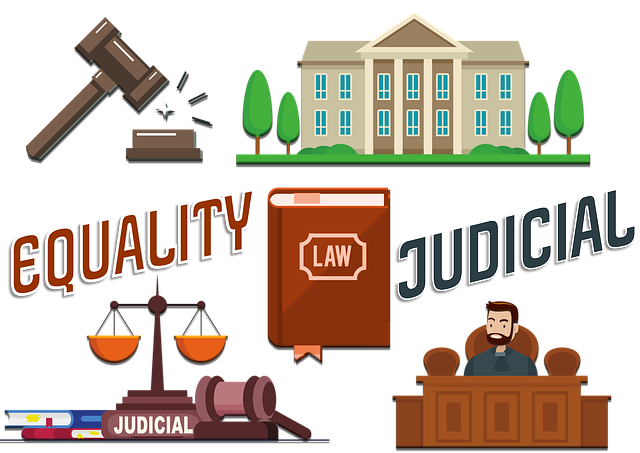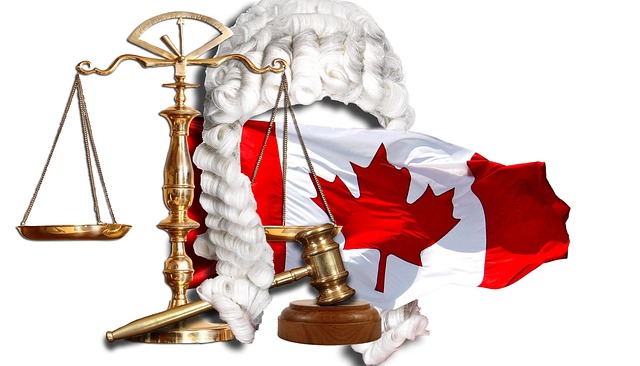This text offers a comprehensive guide to navigating Oregon's complex Child Welfare Court system. It simplifies court processes for parents, guardians, and advocates by explaining roles of key players (child welfare workers, judges, attorneys), the structured case progression, and individual rights. The document emphasizes the importance of understanding these procedures to effectively advocate for children's best interests. It also highlights available resources, such as state guides, legal aid organizations, and workshops, aimed at supporting fair representation within Oregon's child welfare court system.
“Dive into the intricate world of Oregon’s child welfare court system with this comprehensive guide. This article offers a detailed look at every facet of the court process, from its jurisdiction and key players to step-by-step procedures and rights for all involved parties.
Uncover valuable insights on navigating these complex proceedings, ensuring you’re equipped with the knowledge to understand and participate in Oregon’s child welfare court. Whether you’re a parent, guardian, or simply interested in court procedural transparency, this is your go-to resource.”
- Understanding Oregon Child Welfare Court: Jurisdiction and Role
- Who Are the Key Players in the Oregon Child Welfare Court System?
- The Step-by-Step Court Procedure for Child Welfare Cases in Oregon
- Rights of Parents, Children, and Guardians in Oregon's Child Welfare Courts
- Resources and Support for Navigating Oregon Child Welfare Court Proceedings
Understanding Oregon Child Welfare Court: Jurisdiction and Role

Who Are the Key Players in the Oregon Child Welfare Court System?

The Oregon Child Welfare Court System is a complex network involving several key players dedicated to ensuring the safety and well-being of vulnerable children. At the forefront are child welfare workers, professionals who investigate reports of child abuse or neglect and make recommendations for the child’s placement and care. They play a crucial role in gathering evidence, interviewing family members, and presenting cases to the court.
The court judge is another vital component, responsible for interpreting laws and making decisions based on the presented evidence. They oversee the entire process, from initial hearings to final dispositions, ensuring that the best interests of the child are at the forefront. Supporting these key figures are attorneys representing both the state and the parents or guardians, who navigate court procedures and advocate for their clients’ rights while adhering to Oregon’s stringent court procedures. Understanding these dynamics offers valuable court procedural insights into how cases unfold within the Oregon Child Welfare Court System.
The Step-by-Step Court Procedure for Child Welfare Cases in Oregon

In Oregon, the child welfare court procedure involves a series of carefully structured steps designed to ensure the best interests of the child are at the forefront. The process begins with a referral to Child Welfare (DCFS), usually made by a concerned individual or agency. DCFS conducts an initial assessment and, if necessary, petitions the court for temporary custody. At this stage, a judge reviews the case and decides whether to grant provisional placement while a more thorough investigation is conducted.
Following this, there’s an adjudication hearing where the court determines whether the child is within the jurisdiction of the court and whether the allegations in the petition are true. If the court finds that the child is at risk, a plan is developed in collaboration with the family, focusing on safety, permanency, and well-being. Regular review hearings ensure ongoing progress towards case goals, culminating in either reunification or an alternative permanent placement. Understanding these court procedures is crucial for anyone navigating Oregon’s child welfare system, offering valuable insights into how to effectively participate and advocate for a child’s best interests.
Rights of Parents, Children, and Guardians in Oregon's Child Welfare Courts

In Oregon’s child welfare courts, all parties involved—parents, children, and guardians—enjoy specific rights that are designed to protect their interests while ensuring a fair and transparent process. Parents have the right to be present during proceedings, participate in decision-making, and access legal representation. They can also examine and cross-examine witnesses, ensuring they have all the information necessary to make informed choices regarding their child’s welfare. Children, though unable to speak for themselves, are represented by court-appointed guardians ad litem who advocate for their best interests. These advocates ensure that children’s voices are heard and that their needs are considered in every step of the court process.
Guardians, including relatives or legal custodians, also have a crucial role. They can provide valuable insights into the child’s background, current living situation, and future plans. The court procedures in Oregon are designed to be navigating, offering guides and resources for all involved parties. Understanding these court procedures is essential to ensuring that everyone’s rights are respected and that the ultimate goal—the safety and well-being of children—is achieved. This insight into navigating court processes helps parents, guardians, and children alike to better understand their roles and responsibilities in Oregon’s child welfare courts.
Resources and Support for Navigating Oregon Child Welfare Court Proceedings

Navigating Oregon child welfare court proceedings can be a daunting task for anyone involved, whether as a parent, guardian, or advocate. Fortunately, there are numerous resources and support systems in place to guide individuals through this complex process. The state offers comprehensive guides and educational materials tailored to help parties understand the court procedures in Oregon. These resources provide insights into the various stages of the child welfare court process, from initial hearings to trial and potential appeals.
For those seeking to better grasp the court procedural insights, local legal aid organizations and non-profit groups dedicated to child welfare offer free workshops, webinars, and one-on-one counseling sessions. These services ensure that individuals have access to accurate information and support tailored to their unique circumstances. Understanding the court process is a crucial step in ensuring fair representation and positive outcomes for all involved in Oregon’s child welfare court system.
